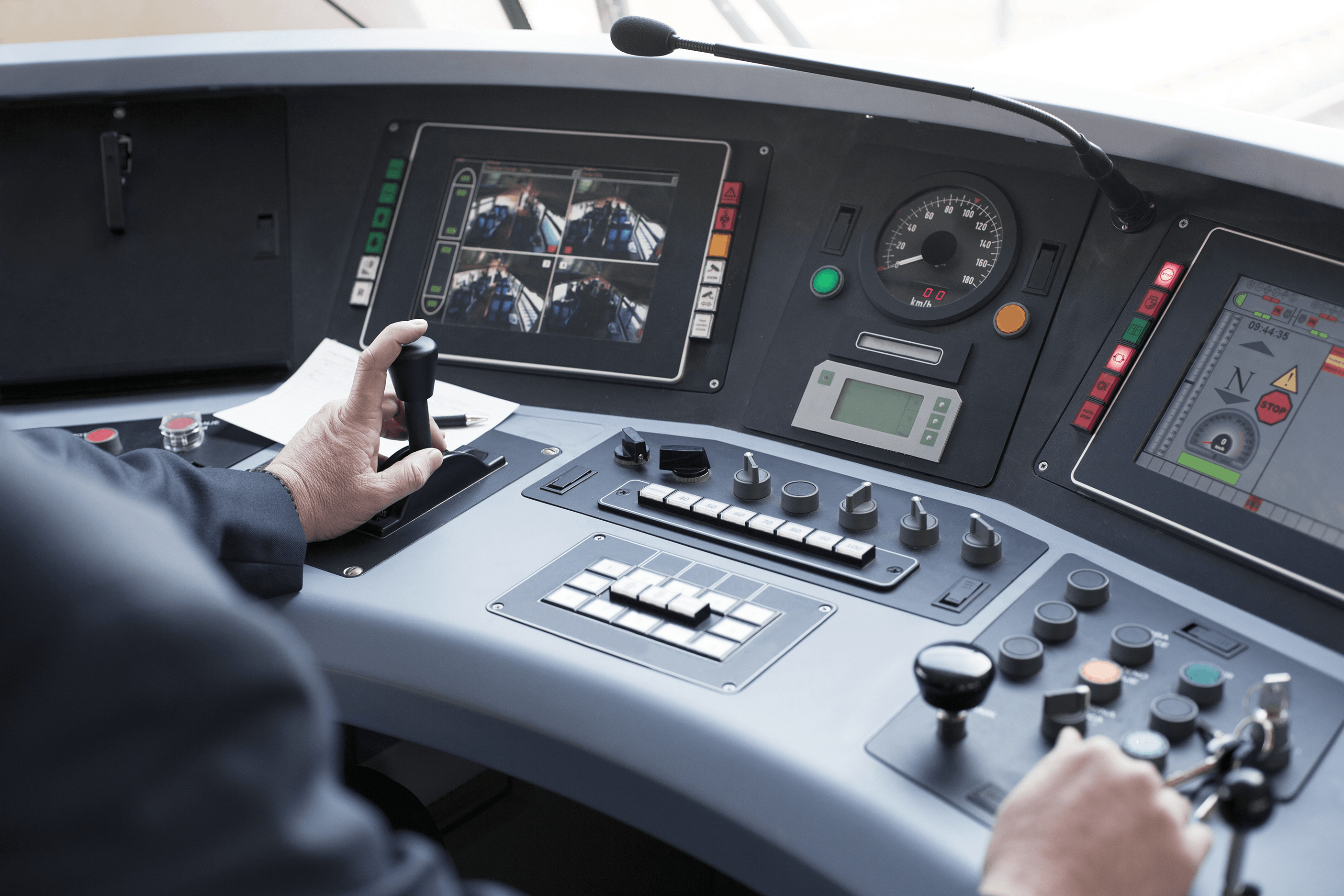Kontron Transportation MCX solution

The future of GSM-R train radio functionalities for Main lines and Secondary Lines
Kontron Transportation is developing the MCx and 5G based FRMCS solution for Main Lines that need to build their own infrastructure. The private 5G networks of the main lines are used as transport medium for the MCx application with GSM-R features such as single call, group call and train emergency call.
For Secondary Lines, which cannot build their own infrastructure due to high investments in infrastructure, Kontron Transportation has developed the MCx OTT (Over The Top) solution. Here, the networks of the public providers are used as transport medium for the own MCx application with GSM-R features.
Both solutions are based on the future FRMCS standardization (3GPP, ETSI). The Kontron Transportation MCx solution extends obsolete analog radio communication means with modern "state of the art" train radio functionalities, without the need to develop an own infrastructure.
Kontron offers the solution as a "hosted solution" in a data center or as a server solution in the railroad's own IT departments. Private 5G IP-68 industrial-grade smartphones with an MCx client, IP-enabled dispatchers with several modern user interfaces, and private 5G capable cab radios, that follow the FRMCS standard, serve as end devices.

Heart-Beat Function

A unique heart-beat function was developed, which allows the client software to be in constant contact with the application. This has the advantage that, for example, the user in the railcar or on the locomotive can see at a glance whether he is connected to the MCx application on the server or whether he is in a "dead zone".
For the MCx OTT solution for Secondary Lines the heart-beat function serves as an addition to the use of two SIM cards from different providers in the end devices. Optionally or on request, it is thus possible to switch automatically between the network providers. If no data connection is available in both networks, an emergency call via GSM is possible in case of emergency.
This functionality goes beyond the current FRMCS standard and offers further security in train-to-land communication.
Messenger service

Another feature is the own messenger service, which extends the MCx solution with preset or freely selectable messages.
With this service, important messages can be transmitted between the dispatcher and the user on the train or in the locomotive/traction unit even with minimal available bandwidth.
As standardization continues, video application, file transfer and functional train number entry will also be possible.
Dispatcher

The IP-enabled dispatcher is another important component in the Kontron MCx solution. In addition to the existing functionalities such as individual call, group call or train emergency call, the dispatcher also provides further intelligent innovations. For example, a geographical map is provided, which makes it possible to detect the individual trains based on their GPS coordinates and display them on the map.
This helps the dispatcher to detect possible radio gaps on the track at an early stage and to initiate appropriate measures. Additional call lists, mails and predefined messages help to send recurring news quickly and effectively. The dispatcher's key display is freely programmable and assignable, ensuring an individual configuration adapted to operational requirements.
Lone Worker Protection
The Lone Worker Protection feature provides the best safety for staff who works alone
and out of sight. It reports incidents such as falls and slips together with the geographical location of the user to the dispatcher or selected colleagues and safeguards the lone worker in real-time.
The smart safeguarding feature detects false alarms and helps to minimise false-positive alerts. The alerted dispatcher can dispose of emergency services to the user’s location or use the remote ambient listening call to acoustically monitor surrounding of the user which might be immobilized and calling for help.
No external sensor device is required to be worn.
Voice Recorder
As required for a train-to-land communications solution, Kontron Transportation also provides voice recording in the MCx solution.
Kontron works here with the same manufacturer as in many GSM-R projects with major railroad companies. This enables the greatest possible security to comply with all GSM-R specifications and features.

Localisation
The solution provides location management and reporting for mission-critical users using geo-location data from various sources such as GPS, external beacons or mobile network information such as cell ID.
Sharing of accurate geolocation is essential for critical services based on geofencing like calculating emergency group call areas to invite all affected participants.
Supplementary Services
The supplementary services enhancing the communication capabilities with Call Forward, Call Transfer, Call Hold and others are imperative for mission-critical scenarios. Not only do all the supplementary services supports Functional Aliases but provides backward compatibility with legacy functions such as ring closure test or UUS signalling.
6 Value Propositions of the MCx Solution

